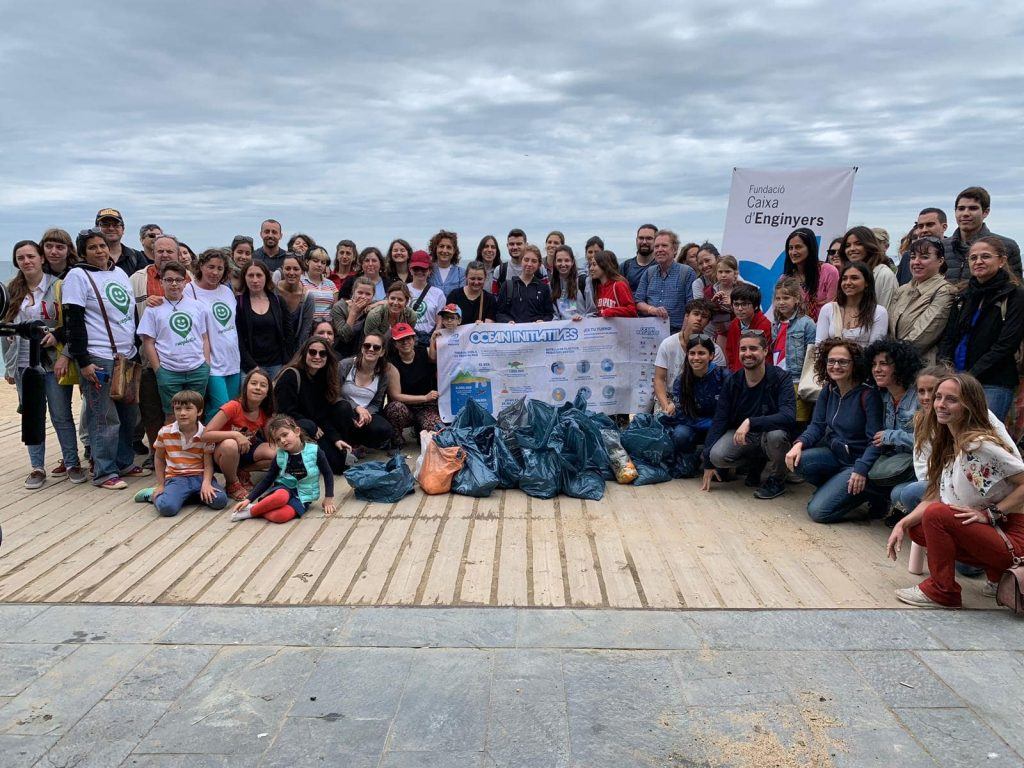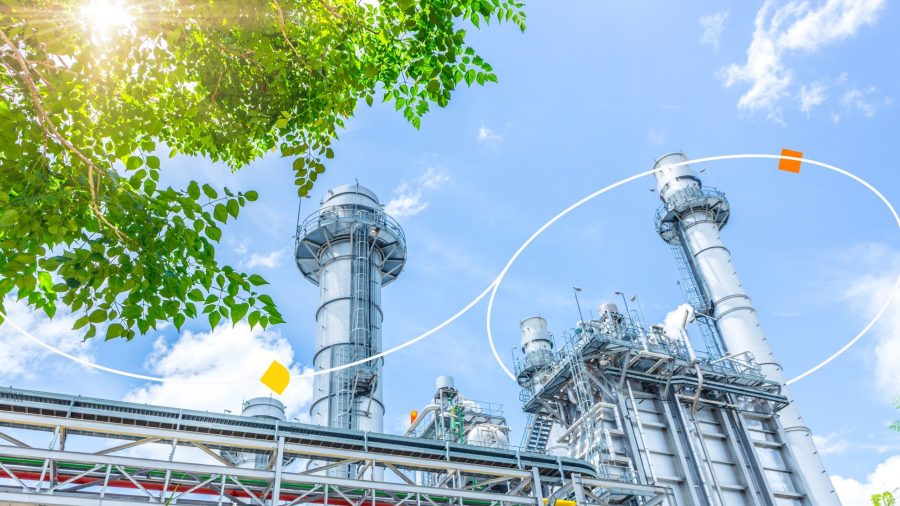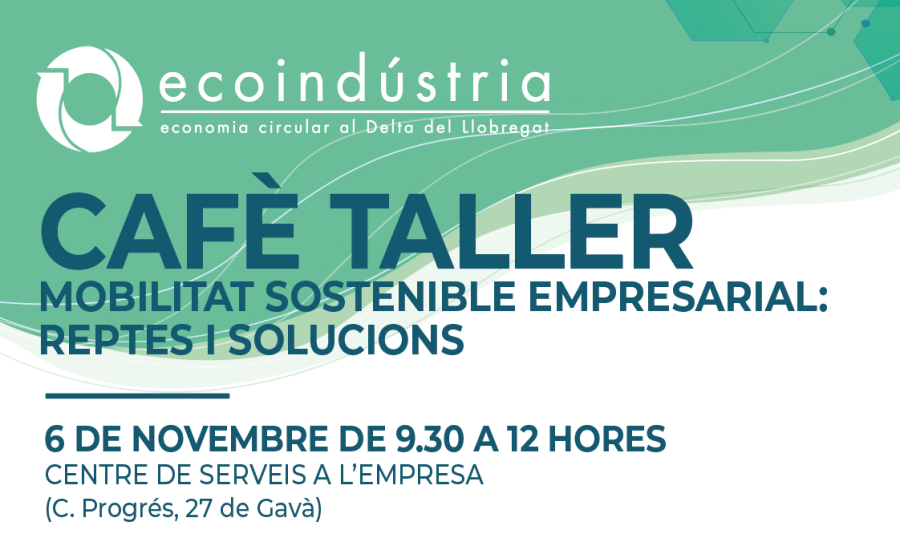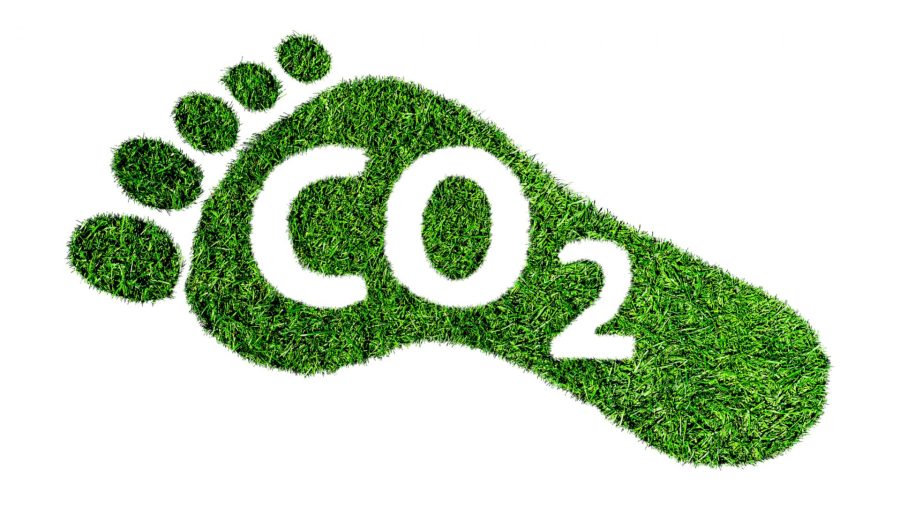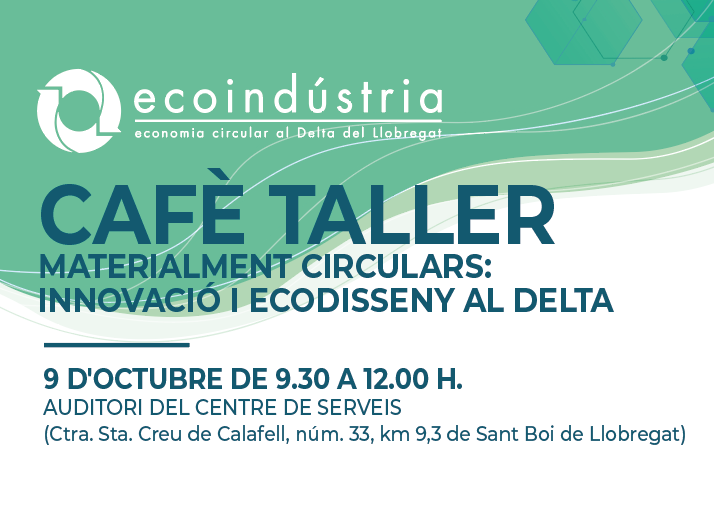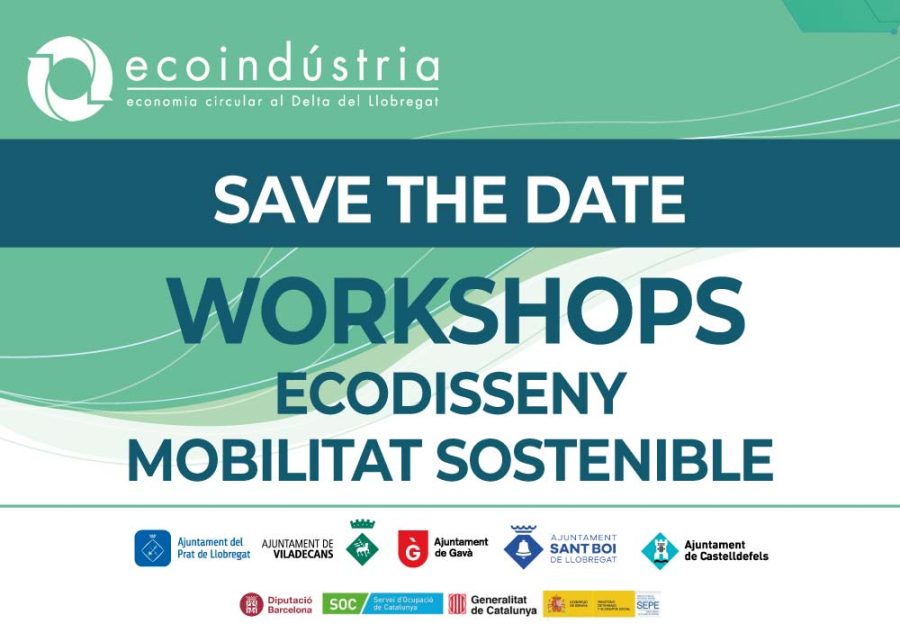AEICE in collaboration with its partners RECSO and CITOPIC, alongside CEMOSA, present the "Guide for the use of recycled aggregate and recommendations for its purchase" in the framework of the Circular Economy.
Guide for the use of recycled aggregate and recommendations for its purchase.
In November, the "Guide for the use of recycled aggregate and recommendations for its purchase" was presented at the Valladolid Innovation and Economic Development Agency, the result of the project "Ecocivil: recycled aggregates for sustainable infrastructures", subsidized by the City Council in the 2017 call for Circular Economy.
This guide is designed and addressed mainly to professionals and companies in the infrastructure, construction and waste treatment sectors, since for them it will become an essential tool that will allow them to transform the traditional, linear construction model that they have implemented in his company, in a more circular model, which guarantees the sustainability of buildings and the different infrastructures.
Construction and Demolition Waste
Construction and Demolition Waste or also known as RCD, that is to say, that which is generated in construction and demolition works in the field of construction and civil works is one of the heaviest waste flows and generated in the European Union, represents approximately 25% to 30% of all waste generated and consists of numerous materials, including concrete, bricks, plaster, wood, glass, metals, plastic, solvents, asbestos and excavated earth, many of which can to recycle
A study has been carried out in which we can obtain three indicators that give us information about the situation of RCDs in the province of Valladolid. With the first
of them we know that the average of the last three years is that 96% of RCDs have entered treatment plants and that this percentage has increased to 100% in 2017, so that the target for the year 2020 will be fulfilled if the current trend does not change.
The second indicated, shows us that in the last three years the recycling of RCDs has increased by 10% per year, so that if we continue like this in the year 2020 we can reach the established goal of 70%.
Finally, the third indicator tells us about the big storage problem in the treatment plants, since the plastered material is approximately 500,000 Tonnes, which means a serious storage problem in the plants.
You can download the complete guide from below link

